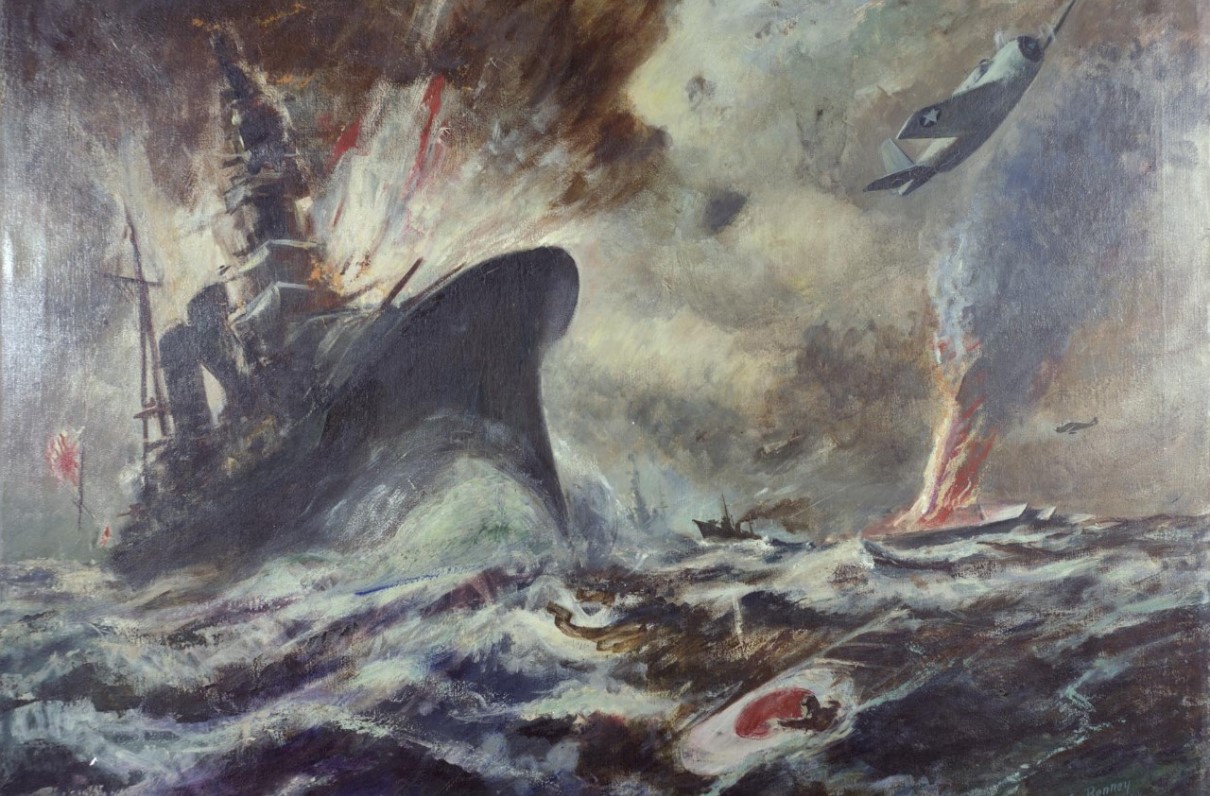By John Prime
Much like Gettysburg or Vicksburg in the Civil War, the June 1942 Battle of Midway was a pivotal battle, a turning point in the war in the Pacific theater in World War II. It was a great sea battle where fleets of carriers and their airmen met, and where the tide of Japanese expansion was stalled and first turned back.
The battle hinged on - and produced - airmen and sailors who inspired the nation in the hard years to come, including leaders such as Adm. Frank Jack Fletcher, Adm. Raymond Ames Spruance, and Capt. Joseph Rochefort as well as pilots such as Capt. Albert Kyle “Bert” Earnest and Lt. Cmdr. George H. Gay Jr.
Rochefort led cryptographers who broke the Japanese navy code, which revealed the target of a complex Japanese offensive eastward. Spruance commanded the battle's U.S. Navy forces, devising a strategy that led historian Samuel Eliot Morison to describe him as “one of the greatest admirals in American naval history.” Fletcher, a recipient of the Medal of Honor for heroism at Veracruz in 1914, served as battle commander of the U.S. carrier fleet, whose ranks included such fearless aviators as Earnest and Gay, both with Torpedo Squadron 8, VT-8.
Earnest received two Navy Cross awards for his actions at Midway, in which he was the only pilot survivor of six crews in VT-8's Grumman TBF-1 Avenger detachment. Gay, also an aviator, was the sole survivor of the 15 aircrews of his Douglas TBD Devastator-equipped detachment. Shot down and treading water for 30 hours, he watched the Battle of Midway unfold and also earned a Navy Cross for his heroism and example.
“I just did what I had to do, and what I hope anyone else under those circumstances would do,” Gay said in April 1988.
